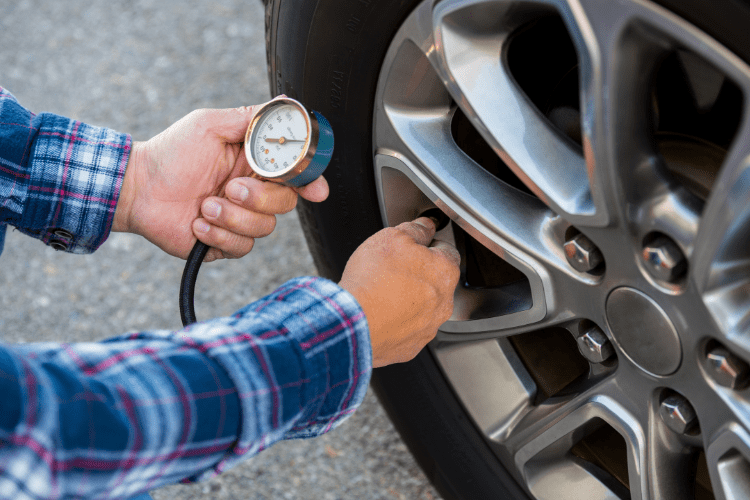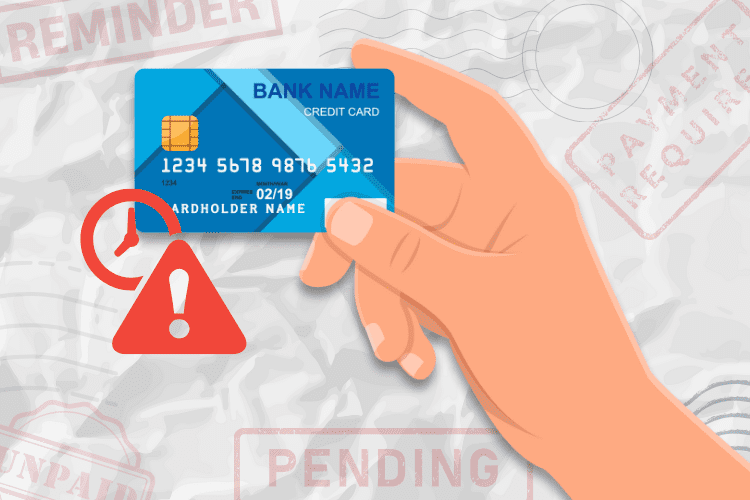5 Things You Can Do Yourself To Keep Your Car Well Maintained Between Checkups

Next to your home, your vehicle is one of the most expensive purchases you’ll ever make.
For most of us, purchasing a vehicle is not just a one-time expense; monthly payments for up to seven years can follow. In addition, auto insurance payments are a must, or you may not be legally able to drive. Lastly, the vehicle has to be serviced regularly in hopes that it won’t break down when you need it the most.
Why Regular Maintenance Is So Important
Servicing your vehicle regularly is extremely important. Without it, you could pay upwards of thousands of dollars to repair something that could have been avoided or captured early by doing a routine checkup. Regular service checkups should be done every 3,000 to 5,000 miles and can involve doing an oil change, checking the battery and brakes, doing a tire rotation, and topping off the fluids. Basic maintenance services can start at a few hundred dollars a year. The more miles a vehicle has and the older it is, the more upkeep it needs.
5 Things to DIY In Between Service Maintenances
While having a vehicle is essential for many of us, it can also be costly. Keeping those costs down as much as possible is crucial for living. Doing some things yourself between routine checkups can help cut costs. Here are five things you can do yourself to keep your car well-maintained between checkups:
1. Maintain Accurate Tire Air Pressure
Under-inflated or over-inflated tires can be a problem for your car — one is no better than the other. Either can lead to the tires failing or blowing out, which could lead to a severe accident. That could lead to the cost of paying for body work or worse. In addition, when your tire’s air pressure is not accurate, it could cost you not to get good gas mileage, so you’ll have to fill up more than usual.
Use a tire pressure gauge to monthly check your tires to ensure they’re at the recommended pressure stated in the owner’s manual. The best time to check tire pressure is when the tires are cold or driven for less than a mile.
2. Check Your Fuel Gauge
If you notice gas not taking you as far as it used to, it could be because of your fuel gauge. This isn’t on the checklist for routine maintenance, so you may need to take matters into your own hands to save your money long-term. Replacing the fuel gauge only takes about 10 minutes and costs about $40. The process of replacing the gauge is not as complicated as you may think.
It involves disconnecting the negative battery cable to eliminate the chance of a fire. Then:
- Locate the fuel tank sending unit from there, usually under the back seat or trunk carpet.
- Once located, unplug the wire harness or remove the screws and bolts.
- Rotate the sender until it’s completely removed, and put in the new sender. Make sure it’s properly secured.
3. Change the Spark Plugs
The condition of your vehicle’s spark plugs is essential in how well the engine runs. Spark plugs command the turning of the electrical signal from the ignition. When the spark plugs are not functioning well, needless to say, your car’s engine won’t run right. Worn-out spark plugs can cause the engine not to run well, break down, or not run at all.
Spark plugs usually last anywhere from 30,000 to 80,000 miles and are not guaranteed to be checked during routine maintenance. So, it’s essential to get these checked and, if necessary, changed. Spark plugs cost less than $25 (much less than a new engine) and can be changed in about 30 minutes. The first thing you want to do is locate them. This is done by following the thick, rubbery wires under the car’s hood. The number of cylinders in the engine will determine the number of plugs the car has — either four, six, or eight.
- Starting from the end of the row of spark plugs, and doing only one plug at a time, grasp the wire as close to the engine as possible to pull it off. You may even have to wiggle it a bit.
- After the wire is off, attach the spark plug socket and extension to a ratchet. Remove the old plug by loosening the ratchet and sliding it over the plug as far as it will go.
- Use a wrench to install and tighten the new plug.
- Repeat with each plug. Remember to reattach the spark plug wire each time
4. Replace the Cabin Air Filter
A clogged cabin air filter can cause severe damage to your vehicle. This is not checked with every routine maintenance check but according to the mileage on your car. So, you may want to check from time to time yourself and fix it if needed. Doing it yourself could save you about $30 to replace, in addition to the costs you save from damage to your motor’s blower.
When you buy new filters, ask the auto parts store to include installation instructions. Most filters are found in the air ducts behind or near the glove compartment or the console area. Once you’ve located them, remove the covers, slide out the old filter, and replace it with the new one.
5. Replace Anything That’s Broken
When you learn something on the car needs to be replaced, do it sooner rather than later. Waiting to deal with repairs will only complicate issues and make the matter worse. Parts that go bad will likely only lead to additional issues, costing you even more money later.
The Bottom Line
You can do many things to keep your car running smoothly for as long as possible. Regular maintenance is the first and far-most the most important thing to do. Beyond that, your car is your responsibility. It’s not limited to inspection.
Making a habit of listening to anything that may sound abnormal or checking to ensure everything is functioning correctly comes with ownership. A little DIY in-between maintenance checks can not only help your car to last longer but could save you thousands of dollars over the life of your vehicle.
Read More:










